What’s the Difference Between Tailored and Relaxed Drapery Styles?
TLDR:
The main difference between tailored and relaxed
drapery styles lies in their structure. Tailored drapery features crisp, defined pleats for a formal look, while relaxed drapery offers a softer, more casual appearance with looser pleats. Both styles can elevate a room’s ambiance, but they serve different design purposes depending on the space’s formality.
What is Tailored Drapery?
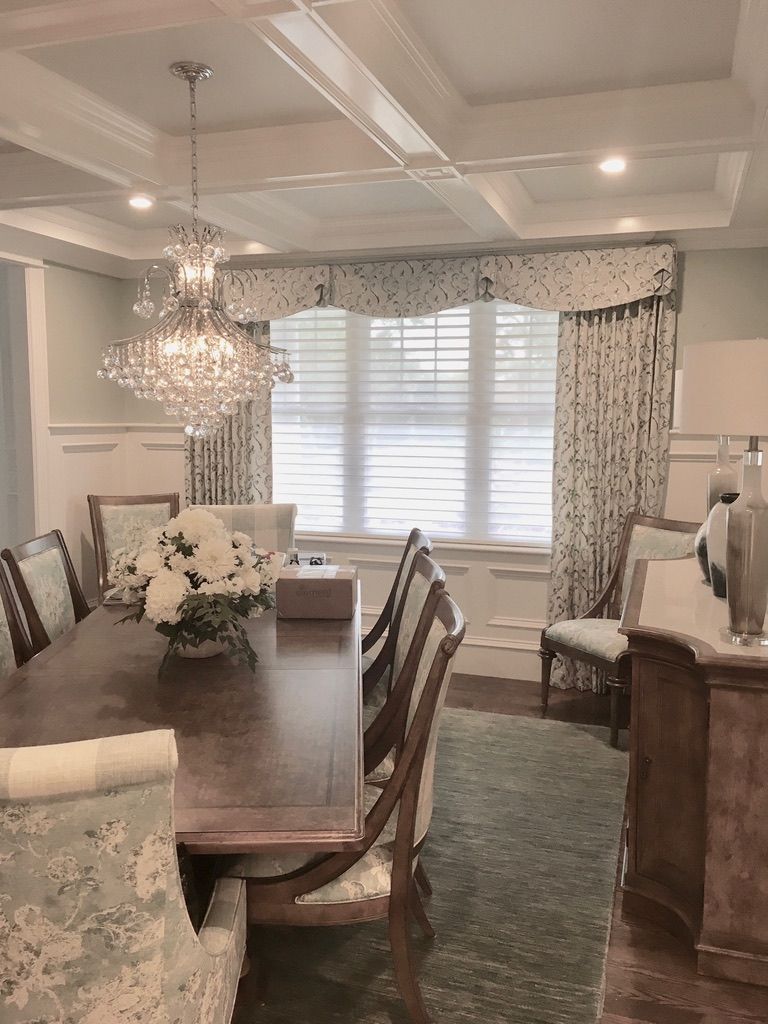
When you imagine a formal, polished window treatment, tailored drapery is likely what comes to mind. Defined by its crisp, neat pleats, this style offers a structured, elegant look that brings sophistication to any room. Tailored drapery works especially well in formal settings, such as living rooms, dining rooms, or offices.
- Pleat Styles: The defining feature of tailored drapery is its pleats. Some of the most common types include:
- Pinch Pleat: Tightly gathered at the top, these pleats create a clean, uniform appearance. Pinch pleat drapes are perfect for adding a timeless touch to formal spaces.
- Box Pleat: These pleats are sharp and symmetrical, offering a slightly more structured look than pinch pleats.
- Goblet Pleat: This style is voluminous and luxurious, ideal for creating a more regal atmosphere in a room.
- Fabric Choices: Tailored drapery is typically made from heavier, more structured fabrics, such as velvet, silk, or linen. These materials hold their shape well, enhancing the pleated structure.
- Ideal Use: Tailored drapery is often chosen for spaces where you want to create a sense of formality or grandeur. They add a layer of refinement to a room and work well in settings that require sophistication, such as:
- Formal living rooms
- Dining rooms
- Offices or executive spaces
- Maintenance: Due to their structured nature, tailored drapes often require more careful handling, including regular steaming or ironing to maintain their shape.
What is Relaxed Drapery?
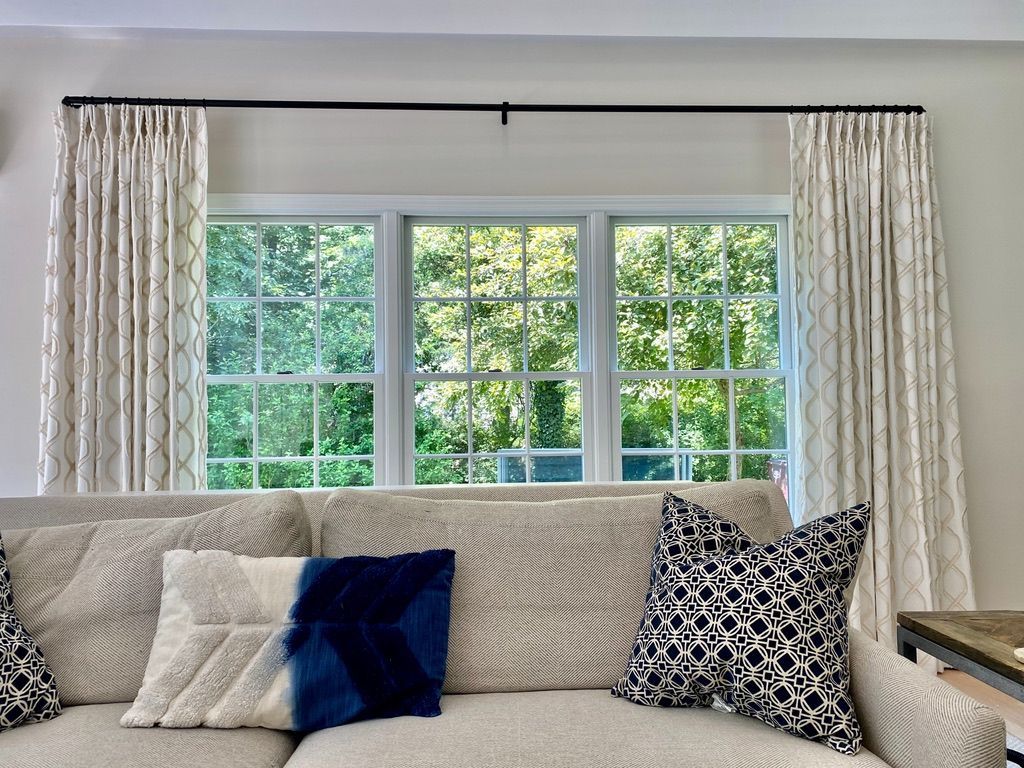
Relaxed drapery, on the other hand, is the epitome of casual elegance. This style is designed to be softer, with a more natural, flowing appearance. The pleats are looser and less pronounced, creating an effortless, laid-back feel. Relaxed drapery is the perfect choice for informal spaces that benefit from a more comfortable, inviting atmosphere.
- Pleat Styles: Relaxed drapery features a variety of looser pleating techniques that help create its soft, fluid look:
- Ripplefold: This is a modern style with gentle, continuous pleats that create a uniform and flowing appearance.
- Euro Pleat: A slightly more structured but still casual pleat, often used in spaces where you want a refined yet easygoing look.
- Tie-Top Curtains: These drapes have fabric ties at the top that allow for a more relaxed, adjustable fit.
- Fabric Choices: Relaxed drapery is typically made from lighter fabrics such as cotton, linen, or sheer materials. These fabrics enhance the gentle, flowing look that characterizes this style.
- Ideal Use: Relaxed drapery is a great fit for casual, comfortable spaces like:
- Bedrooms
- Family rooms
- Sunrooms
- Casual dining areas
- Maintenance: Since relaxed drapery is less structured, it's easier to care for. The loose pleats don’t require as much attention in terms of maintenance, and these drapes tend to look natural, even without meticulous ironing or steaming.
Key Differences Between Tailored and Relaxed Drapery
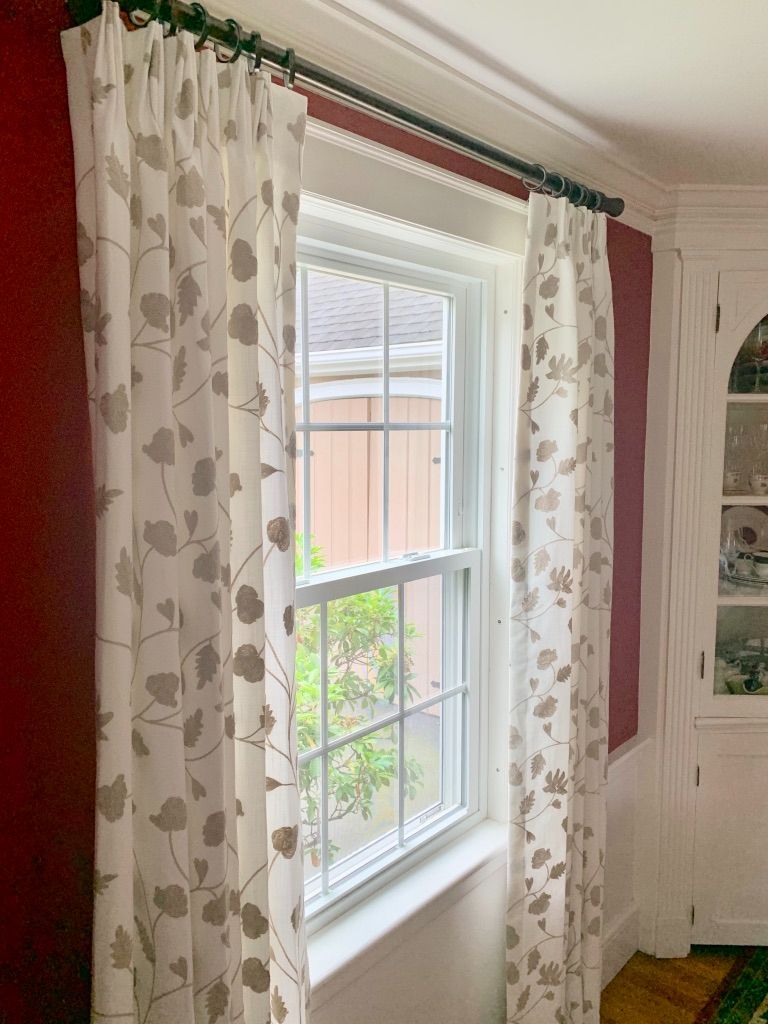
When deciding between tailored and relaxed drapery, it's essential to understand how the two styles differ in several key aspects. Here’s a breakdown:
- Aesthetic Appeal
- Tailored Drapery: Offers a more formal, refined look. The sharp pleats and structured design add sophistication and luxury to a room.
- Relaxed Drapery: Provides a softer, more casual appearance. The loose pleats and flowing fabrics create an easygoing, comfortable vibe.
- Functionality
- Tailored Drapery: Ideal for spaces that require a formal touch. These drapes help frame windows with an elegant silhouette and are great for controlling light and privacy.
- Relaxed Drapery: Better for rooms that prioritize comfort. Relaxed drapes let in more natural light and give rooms a lighter, airier feel.
- Maintenance
- Tailored Drapery: Requires more upkeep to maintain their crisp pleats. You may need to steam or iron these drapes regularly to keep them looking neat.
- Relaxed Drapery: Low-maintenance, as the relaxed pleats don't require much care. These drapes often look good even without ironing.
- Cost
- Tailored Drapery: Typically more expensive due to the precision and quality required in manufacturing pleats and selecting heavier fabrics.
- Relaxed Drapery: Often less expensive, as the fabric is lighter and the pleating is simpler, reducing production time.
Choosing the Right Drapery Style for Your Home
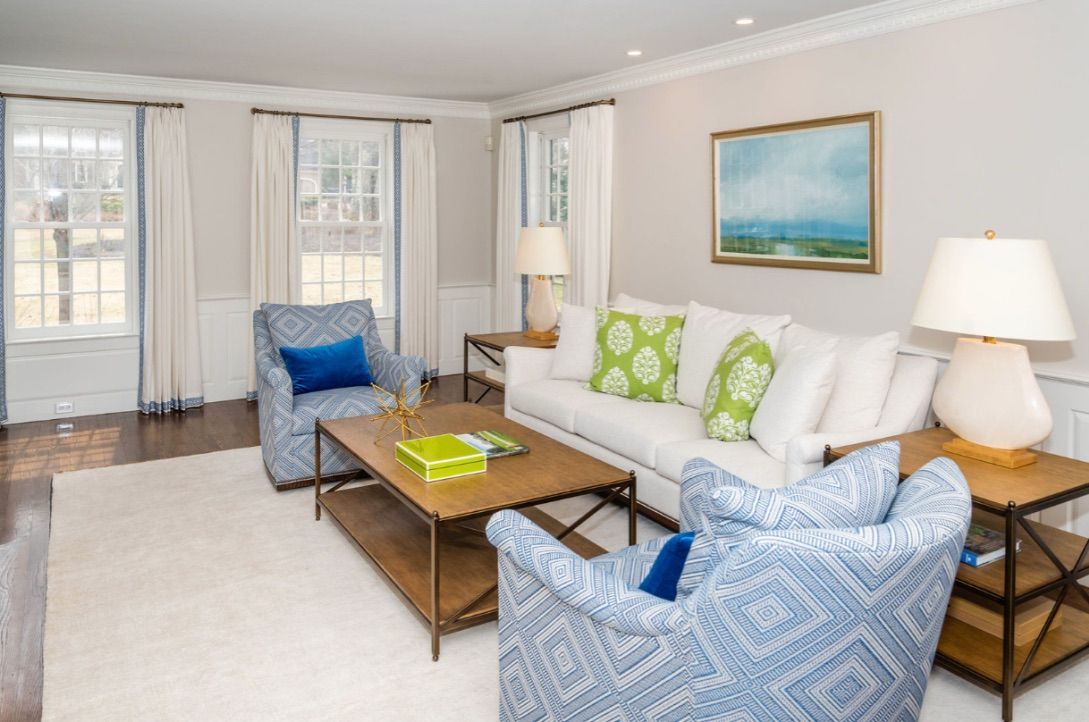
The decision between tailored and relaxed drapery styles ultimately depends on the specific needs of your space. Consider the following factors to determine which style is best for you:
- Room Function: Formal rooms like dining areas or offices typically benefit from the crispness of tailored drapery, while casual spaces like bedrooms or living rooms can embrace the soft, relaxed nature of looser pleats.
- Desired Ambiance: Think about the atmosphere you want to create. Tailored drapes work well for sophisticated, elegant rooms, while relaxed drapery is ideal for rooms where comfort and ease are priorities.
- Budget: If you're working with a tighter budget, relaxed drapery may be the more economical option, whereas tailored drapes can be a more significant investment.
How to Style Your Drapery
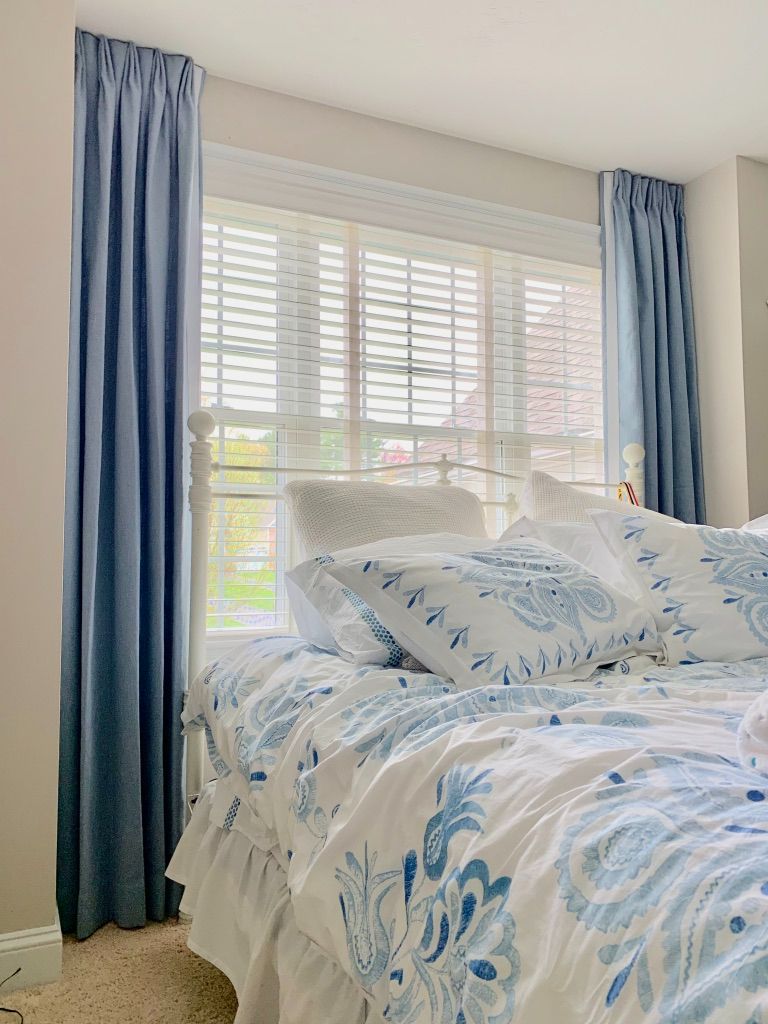
Regardless of which style you choose, drapery is a powerful tool in interior design. Here are a few tips for incorporating drapery into your decor:
- Layering: Consider layering drapes with sheer panels for added texture and dimension. This technique works well with both tailored and relaxed styles.
- Color Coordination: Ensure the drapery complements your room’s color scheme. Neutral tones work well for both styles, but a pop of color can make a bold statement, particularly with relaxed drapery.
- Hardware Choices: The type of curtain rods and hardware can also impact the overall look. For tailored drapery, choose sleek, sophisticated rods. For relaxed drapery, consider wooden or simple metal rods to maintain the casual vibe.
- Drapery Functionality: If you're looking for a more flexible option that can adapt to different times of day or privacy needs, consider exploring the benefits of retractable drapes. They combine the elegance of traditional styles with the convenience of easy movement, making them a great addition to modern homes.
Tailored vs. Relaxed Drapery Styles
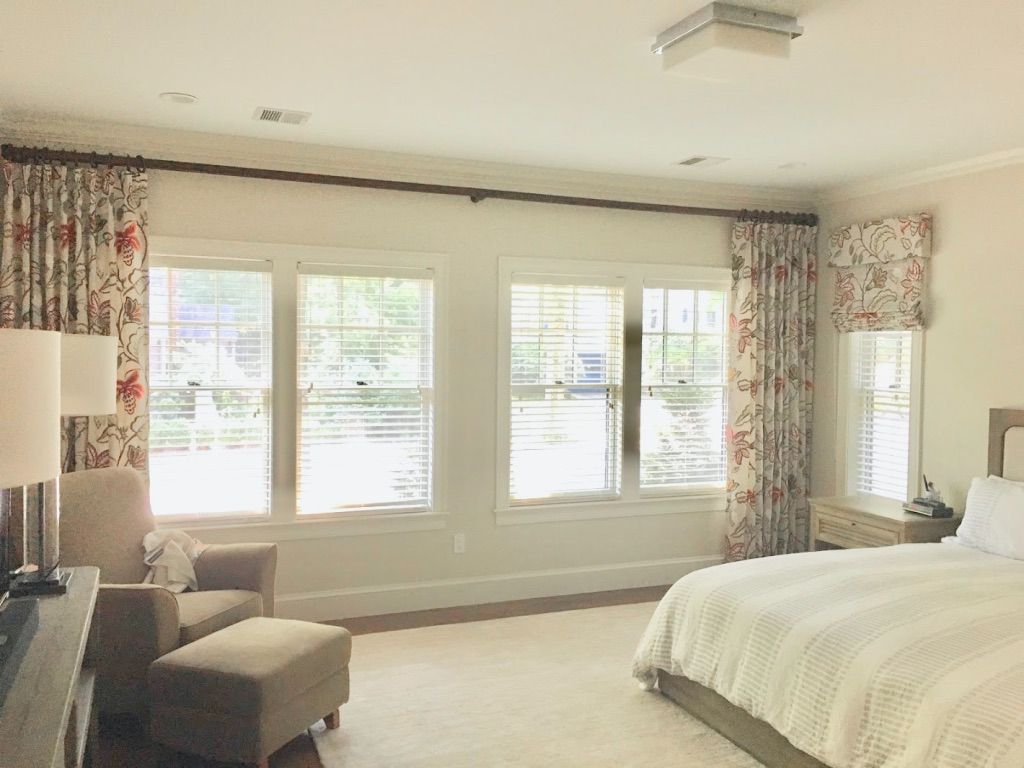
In the world of window treatments, both tailored and relaxed drapery styles offer unique advantages. By understanding the key differences in aesthetics, functionality, and maintenance, you can choose the perfect style to complement your home. Whether you're aiming for a more formal look with structured pleats or seeking the relaxed elegance of flowing fabric, Simply Windows can help you find the ideal drapery style to match your vision.
For personalized advice and assistance, don’t hesitate to consult with a professional window treatment expert at Simply Windows. Our team is here to help you select the right style, fabric, and pleating option to enhance your space.

